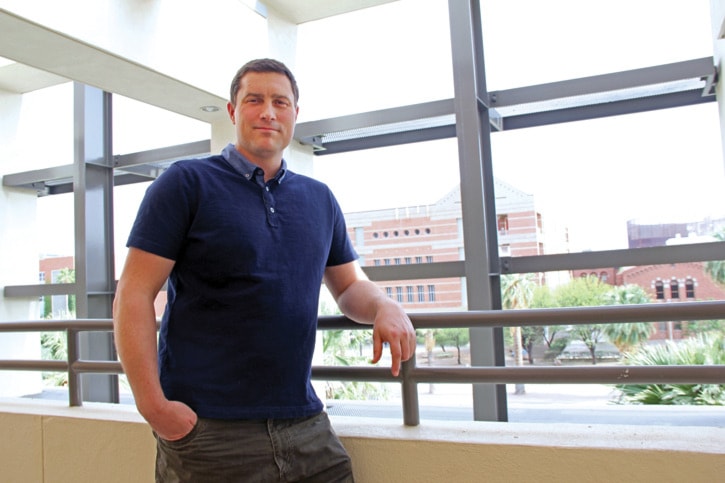The question of what caused the pandemic that wiped out more than 50-million people worldwide may be finally answered, thanks to the help of a man from Salmon Arm.
Dr. Michael Worobey, who is currently a professor of Ecology and Evolutionary Biology at the University of Arizona, has shed light on the cause of the 1918 influenza pandemic.
“Ever since the great flu pandemic of 1918, it has been a mystery of where that virus came from and why it was so severe, and in particular, why it killed young adults in the prime of life,” said Worobey in a press release.
By creating a molecular clock and reconstructing the molecules that gave rise to a variety of flu strains, Worobey and his team of researchers found the answer to why the 1918 H1N1 influenza A virus (IAV) wiped out millions of people aged 20 to 40.
The reason sounds simple: mismatched properties.
Worobey found that the age group of people who died of H1 IAV had been exposed to a different strain of the influenza during their childhood called H3N8. Their bodies developed an immunity to H3N8; however, H3N8 has different properties than IAV.
Due to this mismatch of properties, the people who had built up immunity to H3N8 had no immunity base towards IAV, which eventually led to their death.
“A person with an antibody arsenal directed against the H3 protein would not have fared well when faced with flu viruses studded with H1 protein,” said Worobey. “And we believe that that mismatch may have resulted in the heightened mortality in the age group that happened to be in their late 20s during the 1918 pandemic.”
This also explains why seniors and infants, who are usually more at risk of dying from influenza, were not affected by the 1918 pandemic.
Worobey discovered that they most likely had been exposed to a virus at some point that had similar proteins as the H1N1 virus; therefore, they were immune to IAV.
Worobey’s research also found that the 1918 virus did not come directly from birds but rather it was created by a virus acquiring genetic material from the bird flu.
Not only does Worobey’s research help solve an ancient mystery, it can be applied to seasonal flu mortality in present day.
Worobey’s research suggests that in order to reduce mortality rates in relation to influenza, immunization should mimic protection provided by initial childhood exposure to certain influenza strains.
“What we need to do now is to attempt to validate these hypotheses and determine the exact mechanisms involved, then apply that knowledge to directly better prevent people from dying from seasonal flu and future pandemic strains,” said Worobey.
